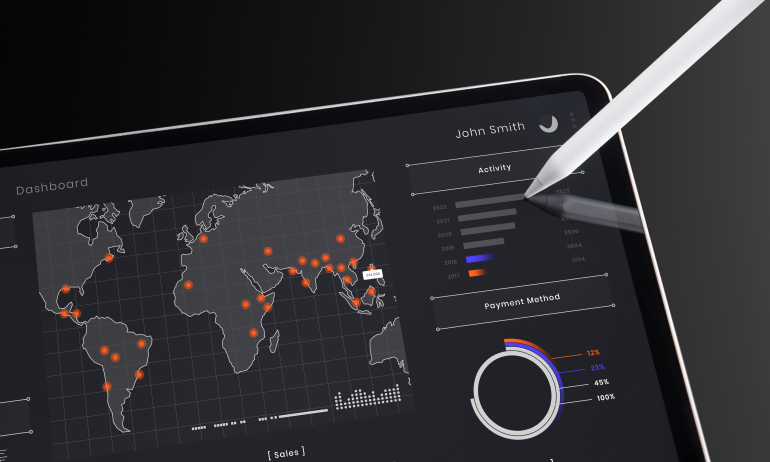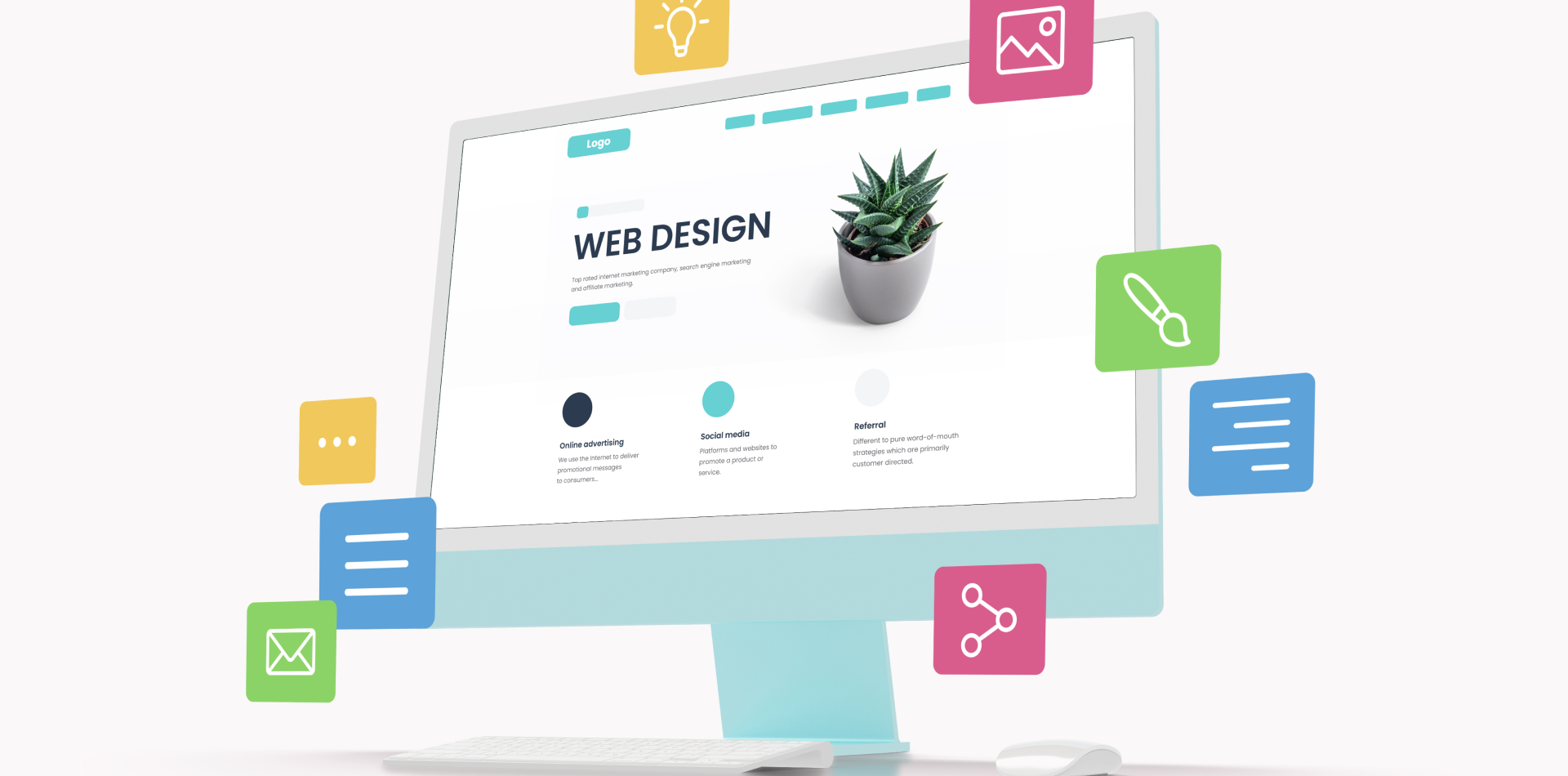Design Begins with Discovery
Great product design isn’t built on assumptions—it’s built on understanding.
User research is the foundation of meaningful UX. It reveals what users need, how they behave, what they expect, and where they struggle. When done right, research reduces redesigns, uncovers innovation, and guides every design decision with clarity.
This guide breaks down how to conduct user research that’s actually useful—so your product doesn’t just look good, but solves real problems.

💡 Why User Research Matters in Product Design
Skipping research means designing in the dark.
🔹 Research reveals pain points early—before they become product issues
🔹 It aligns the team around user goals, not internal opinions
🔹 It helps prioritize features based on real value
🔹 It builds empathy that drives smarter design decisions
User research turns good design into purposeful design.
🧠 1. Define Your Research Goals and Scope
Start with a clear question. What do you need to learn?
🔸 Are you validating a new feature or redesigning an entire flow?
🔸 Do you want to learn about user behavior, motivation, or pain?
🔸 Who are your ideal users—and what makes them unique?
🔸 What’s the timeframe and how will results be used?
Well-scoped goals keep your research focused and actionable.
🗣 2. Choose the Right Research Methods
Different questions require different methods.
🔹 User interviews – to understand motivations and challenges
🔹 Surveys – to gather quick, broad insights
🔹 Usability testing – to observe task flow and friction
🔹 Field studies or shadowing – to watch users in real contexts
🔹 Card sorting – to organize information architecture
Mix methods for deeper understanding—and always start qualitative if unsure.
📋 3. Recruit the Right Participants
The right participants = relevant insights.
🔸 Build simple screener forms to qualify users
🔸 Segment by behavior, not just demographics
🔸 Aim for 5–8 users for qualitative interviews
🔸 Offer incentives to respect their time and feedback
Designing for “everyone” often means designing for no one—be intentional.
🎤 4. Run Interviews Like a Conversation, Not a Script
Real insights come from listening—not leading.
🔹 Ask open-ended questions (“Can you walk me through…?”)
🔹 Avoid yes/no or biased questions
🔹 Let users show, not just tell
🔹 Be silent—let them talk through their thoughts
You’re not testing the user—they’re helping you understand them.
📊 5. Analyze Findings with Clarity and Purpose
Gathering data is one thing—translating it into action is what matters.
🔸 Identify recurring patterns, frustrations, and behaviors
🔸 Categorize by themes: pain points, needs, mental models
🔸 Visualize journeys or workflows where friction exists
🔸 Share takeaways as user quotes, not just graphs
Turn insight into clarity for your entire product team.
✨ Real-World Example: Research That Shaped the Product
A fintech startup was redesigning their budget planner. They assumed users wanted more charts and advanced features.
What did research reveal?
✅ Users were overwhelmed—not under-informed
✅ They wanted clarity and fewer options, not more
✅ Many didn’t understand finance terms or graphs
✅ Trust improved with simple, human language
📈 Result: A streamlined, friendlier dashboard—and a 3x boost in feature usage.
Research didn’t just improve the UI—it changed the strategy.
⚠️ Common Research Mistakes to Avoid
Even with the best tools, these can derail your process:
❌ Asking leading or biased questions
❌ Researching too late in the process
❌ Ignoring outlier feedback
❌ Confusing opinions with behavior
❌ Collecting data—then never acting on it
Insights unused are opportunities wasted.
🧾 Final Takeaway: Research Before You Redesign
User research isn’t just a checkbox. It’s a compass.
It gives your team confidence, saves development costs, and makes users feel seen and heard. Whether you’re launching something new or iterating on what’s there, effective research ensures that your product decisions are grounded in reality—not guesswork.
Design with empathy. Design with data. Design with users.
💬 What’s Your Go-To Research Method?
Do you rely more on interviews, analytics, or something totally unique? Share your research rituals or insights in the comments 👇




3 Comments
Ethan Malone
26 May 2025Solid advice throughout. Especially loved “insights unused are opportunities wasted.” What’s one way you ensure research actually influences product direction?
Nina Dorsey
26 May 2025One of the best breakdowns of practical UX research I’ve seen. How do you keep stakeholder expectations in check if research reveals something totally different from their assumptions?
Ahmed Tariq
26 May 2025Really appreciated the reminder to visualize pain points through journeys—not just reports. Do you use any specific template for journey mapping?